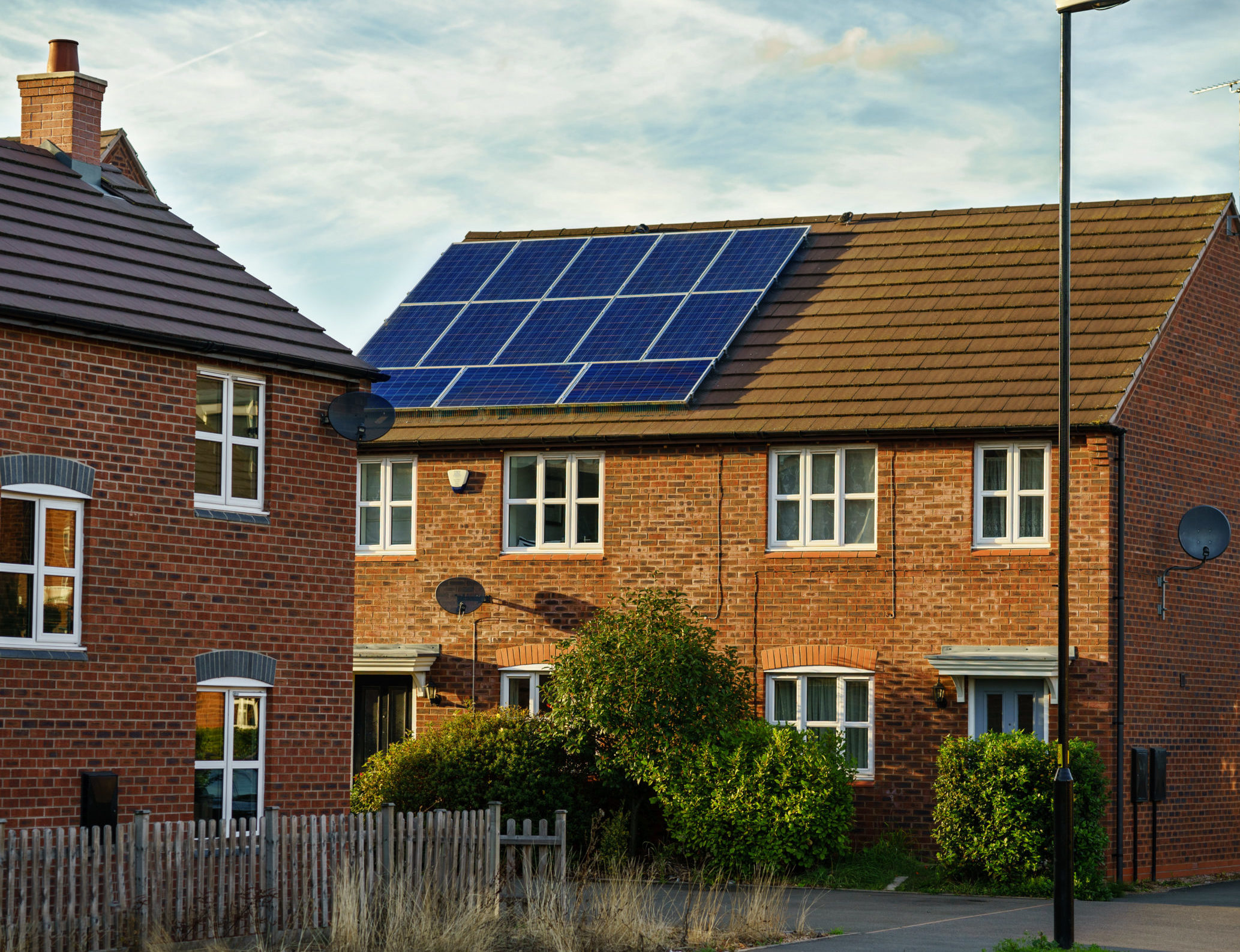
Five Financial Benefits of Residential Retrofits
Energy inefficient buildings are costing British residents thousands of pounds a year. Latest statistics suggest the difference in utility bills could be as much as £1,894 between the best and worst performing homes. And as April’s price cap hike of £693 begins to be felt, it is clear more must be done.
Large-scale building retrofits offer a way forward. Already, we have all the technology needed to reduce energy usage by 60%. Below, we explore five ways retrofits financially benefit residents in social housing accommodation.
Enjoy cheaper energy bills

The less energy needed to heat a home, the lower residents’ energy bills. While many people know this, the scale of bill savings achieved through retrofits can be surprising. The Energy Savings Trust, for example, has found that wall insulation alone can save households £310 a year in a detached home, £185/year in a semi-detached home, and £120/year in a mid-terrace house. In an era of price rises, such reductions can make a massive difference to improving people’s lives.
With Tallarna’s own model, we have seen energy bill reductions of around 60%, resulting in savings of £500-£700 per year at the current price cap. This is achieved through a fabric-first approach, which refers to the improvement of homes’ ability to keep in heat as the first port of call. Fabric-first retrofits can offer a no-regrets solution – combining high bill reductions with fast payback times.
Earn money from the grid

Improving buildings’ insulation is just one part of the bill reduction puzzle. Retrofits can be combined with residential forms of renewable energy generation. This means installing solar panels on roofs and, where possible, building in further resilience with batteries. These create energy for free and can be used to power everyday activities – from washing clothes to boiling the kettle.
Any solar energy generated that isn’t used can be sold to the national grid – putting money back in residents’ pockets. Rates vary but the government-based Smart Export Guarantee could result in payments of £94 a year at 3.99 p/kWh. And since the sun is not going to run out, renewable energy generation can provide a regular financial boost to residents while keeping the lights and heating on.
Limit unexpected bill hikes

Tallarna’s model helps insure the expected energy savings from retrofits, further protecting residents from unexpected bill hikes. So, if energy efficiency technologies experience defects, Tallarna’s insurance partner will not only cover the repair costs but pay the savings’ difference. This means that residents will not see their bills rise due to faulty technologies or slow repairs – allowing them to enjoy predictable cash flows and plan steadily for their future.
Retrofits offer protection from rising fuel costs. Firstly, by using less energy, residents are less exposed to utility companies’ price rises. So, while bills will still go up, the price difference will not be as steep as it otherwise would have been. Secondly, by installing renewable generation technologies, residents are less reliant on the national grid for their energy. This means they can choose when they use external energy sources or their own, free electricity. Such control is particularly beneficial for those on time of use tariffs
Live in more valuable homes

Over the past few months, Halifax has seen a green premium across the real estate market. Energy efficient homes are selling for up to £40,000 more than their poorer performing counterparts. Part of this is due to reduced energy bill costs but part is due to homes’ more pleasant internal environment.
Tallarna’s model enables established retrofit techniques from the private housing sector to be implemented in social housing properties. This allows residents to enjoy all the health and environmental benefits of more valuable homes without needing to pay more rent or cover any upfront costs. Instead, the residents will pay a comfort charge alongside their bill which will still work out less than their total utility bill before the retrofit. At the same time, Tallarna’s insurance protects the security value of buildings and ensures this more pleasant environment will be maintained. The end result? Higher levels of resident satisfaction.
Stimulate the local economy

Carrying out retrofits and installing solar panels has the potential for mass job creation. The New Economics Foundation predicts that the retrofit industry will create 500,000 jobs by 2024 – many of which will be localised sources of employment. This will support regional mobility and help inject money into local supply chains.
The more retrofits carried out, the more jobs (and taxes collected), the more money circulating in the local economy, and the more funds available for improving roads, schools, the NHS, and social support. In time, this can regenerate communities, boost local wages, and improve living conditions.
How does Tallarna support this?
Tallarna works to accelerate building decarbonisation at a large scale in the social housing sector. By connecting all parts of the retrofit value chain, social housing providers are empowered to identify, design, insure, fund, and contract retrofits in one place.
Tallarna supports projects that benefit some of the most vulnerable in society. Uniquely, our model provides access to efficient, ESG finance for thousands of retrofits at a time – tackling fuel poverty at scale.
To find out more, please get in touch: contact@tallarna.com
Author

Johan Signer, CCO, Tallarna
Johan is the Chief Commercial Officer at Tallarna. He co-founded the company in 2017 with a focus on augmenting human consultancy in the real estate market. Johan previously founded Set Up AB which has been recognised as one of Sweden’s fastest growing companies four years in a row by Nordic Di Gasell. Johan has over 12 years’ experience in the real estate sector, advising large corporate clients and landlords. His specialism is optimising the operational performance of large real estate portfolios.



